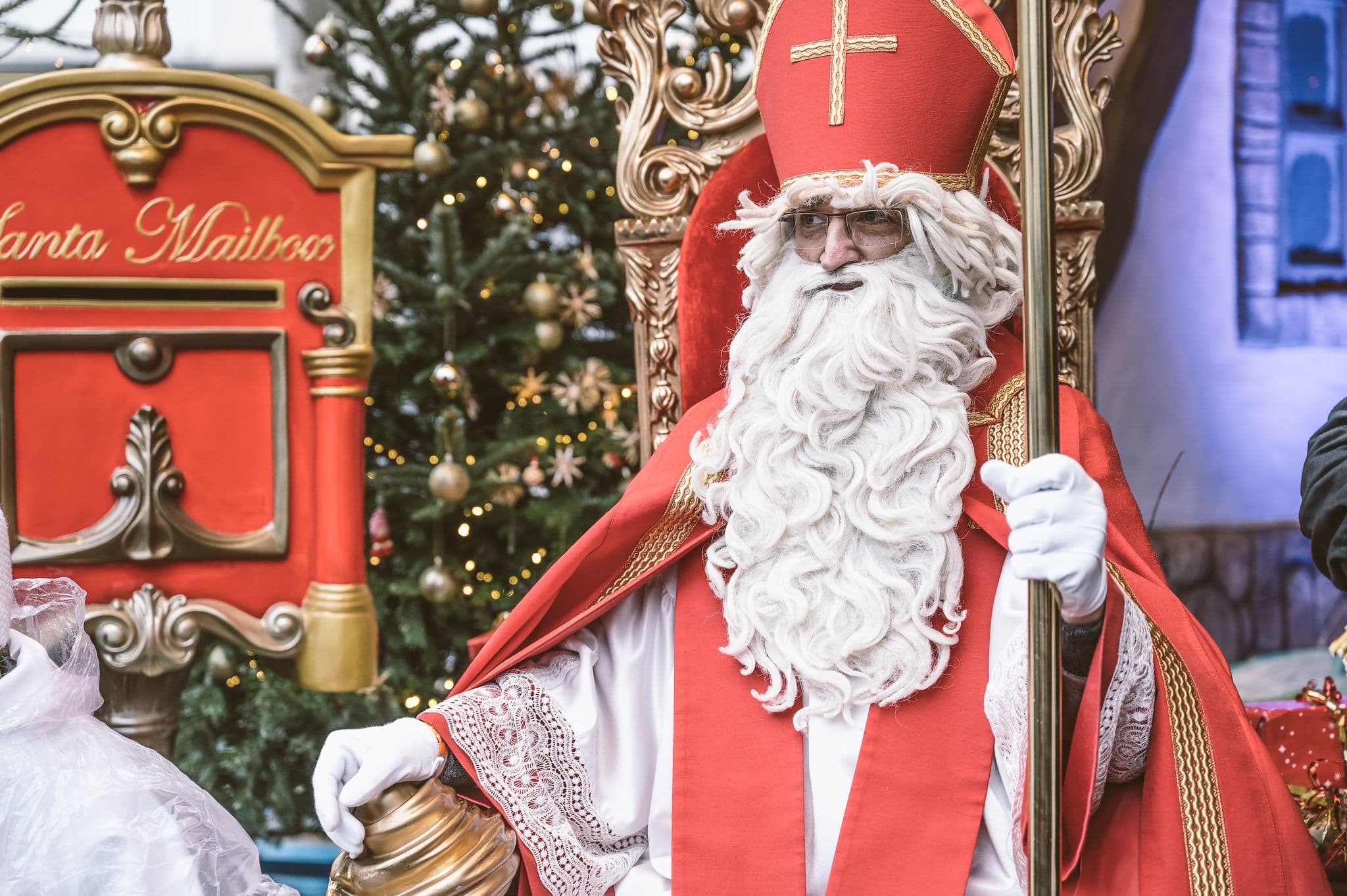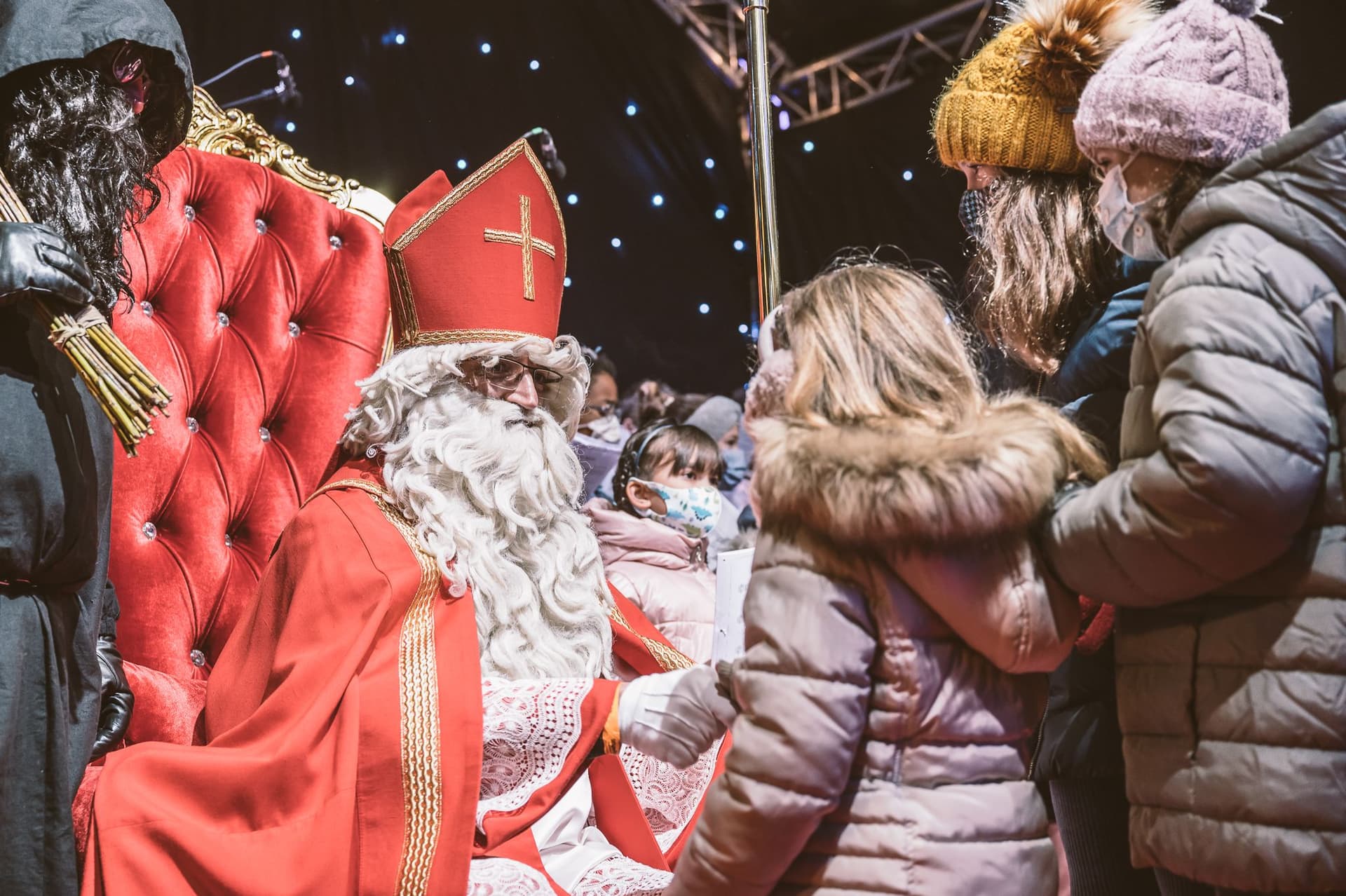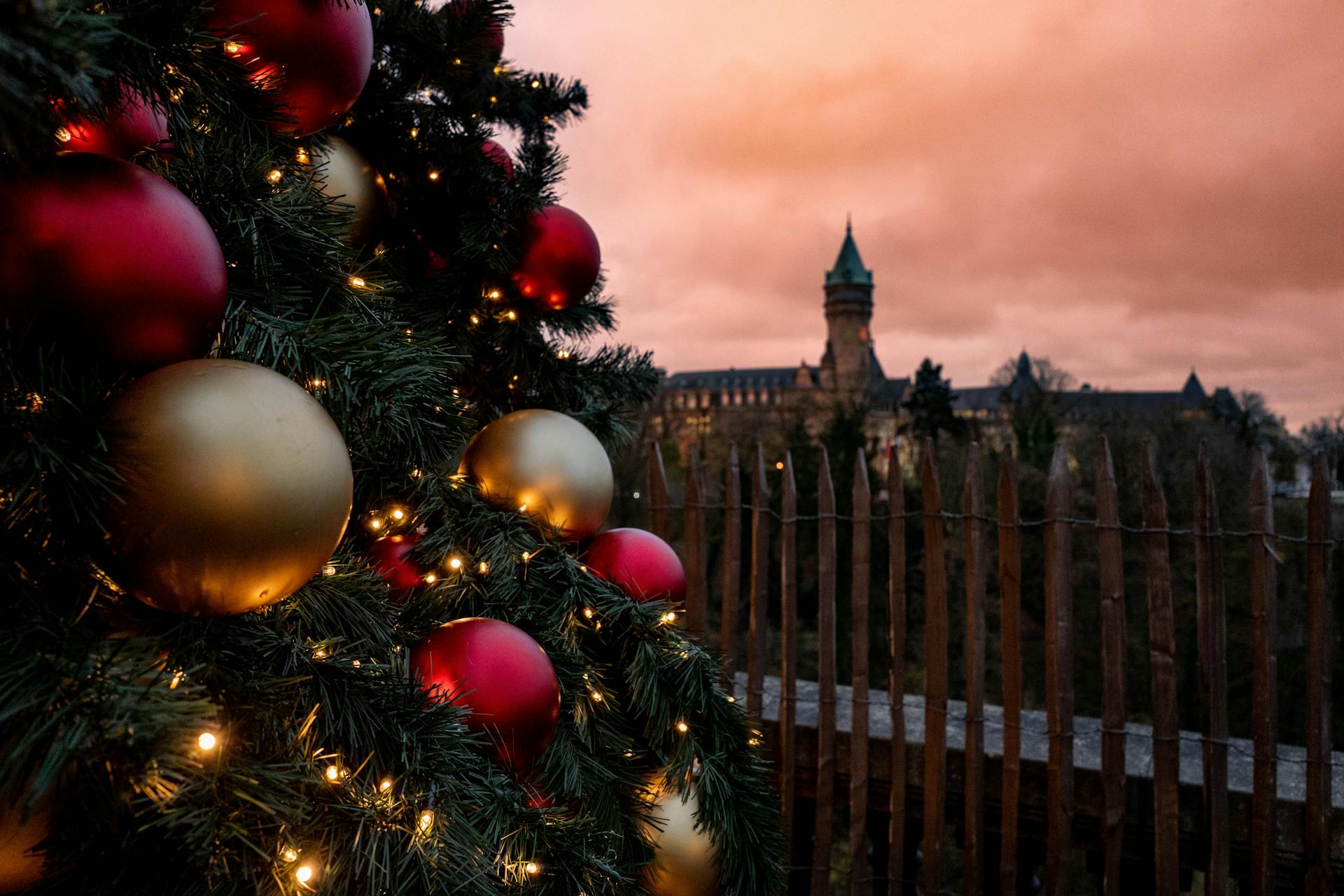
Saint Nicolas traditions and celebration in Luxembourg
We will explore the historical roots of this beloved figure, examine the unique events that unfold in Luxembourg in celebration of Saint Nicolas, and unravel the fascinating connections between Saint Nicolas and the festive season of Christmas.
The Fiesta de San Nicolás, a cherished European celebration centered around Saint Nicolas, the patron saint of children, comes to life each December 6th. This enchanting tradition, with its medieval origins, holds a special place in the hearts of many European countries, including Luxembourg.
During these festivities, Saint Nicolas rewards well-behaved children with gifts and treats. However, an intriguing twist to this story is the presence of a stern companion who plays the role of the enforcer, punishing those who have strayed from the path of good behavior.
The Saint Nicolas Tradition in Luxembourg
Saint Nicolas, known as "Kleeschen" in Luxembourg, is a cherished and eagerly anticipated traditional celebration for children in the Grand Duchy. Each year, on the 6th of December, the excitement reaches its peak as Kleeschen, the Luxembourgish incarnation of Saint Nicolas, arrives bearing gifts. However, the tale takes a delightful twist with the ominous presence of "Père Fouettard," or "Houseker" in Luxembourgish, a character draped in a long black coat, a towering hood, and imposing boots. His role is less enchanting, for he leaves twigs instead of sweets for the children who haven't been on their best behavior.
The significance of this celebration in Luxembourg is profound. The anticipation begins well before the 6th of December.
This traditions is a testament to the enchanting fusion of folklore and holiday spirit that warms the hearts of Luxembourg's children and families alike. The Saint Nicolas holds such importance that the Ministry of National Education has designated it as a public holiday for elementary school children.
As children in state schools don't have classes on December 6, be prepared to keep your youngsters at home that day!
Historical roots of Saint Nicolas
The historical roots of Saint Nicolas can be traced back to Saint Nicholas of Bari, who was born around 265 or 270 AD in Patara, a prominent port in the Roman province of Lycia, located in what is now modern-day Turkey. Hailing from a wealthy family, he displayed early piety and generosity, nurtured by his devout Christian parents. After their passing, Nicholas inherited a substantial fortune, which he wholeheartedly dedicated to aiding the less fortunate. Upon his parents' demise, he distributed his wealth among the impoverished and relocated to Mira (Anatolia, present-day Turkey).
Legend
Bishop of Myra
Around the 11th century, a legend emerged, seemingly born from a combination of literary and iconographic misunderstandings, transforming three innocent souls sheltered by the saint into three children within a salt cellar.
The crime went unpunished until Saint Nicholas, alerted by angels, arrived seven years later. Nicholas, too, asked for a meal from the murderer, who offered various meats, all of which were declined by the holy man. Saint Nicholas then pointed to the salt cellar where the young victims' bodies were stored, revealing the gruesome truth to the butcher. Realizing that his crime had been discovered, the butcher confessed under duress.
This malefactor would later evolve into Père Fouettard, an unsavory character tasked with chastising disobedient and unruly children, characterized by his violent and irascible demeanor. On the other hand, Saint Nicholas became the protector of children, an enduring symbol of compassion and kindness.
The tradition of Saint Nicolas holds deep roots in Luxembourg, dating back to the 10th century. It is said that a relic, a phalanx bone of the saint, was transferred from Bari to the Duchy of Lorraine. A grand basilica dedicated to Saint Nicholas was constructed south of Nancy, France, known as Saint Nicolas-de-Port. Revered and frequently invoked, Saint Nicholas swiftly ascended to become the patron saint of Lorraine.
Given its status as a city renowned for its fairs and markets, Saint Nicholas' cult rapidly spread beyond the boundaries of the Duchy of Lorraine and found its way to Luxembourg. The relic's presence and the veneration of Saint Nicholas cemented this heartwarming tradition within Luxembourg's cultural fabric. The story of Saint Nicholas, a beloved figure embodying benevolence, continues to enchant and unite the people of Luxembourg, young and old, on the cherished day of December 6th.
Events in Luxembourg correlated with the St. Nicolas
Numerous events and activities are organized in Luxembourg, honoring the tradition of Saint Nicolas. These celebrations showcase the deep-rooted customs and significance of this revered figure in the country's cultural heritage.

During this heartwarming tradition, Saint Nicolas enjoys a delightful concert prepared by the various classes, and parents are encouraged to attend as well. The children serenade him with traditional Saint Nicolas songs, including the renowned "Leiwe Kleeschen."
Following the enchanting performance, Saint Nicolas generously distributes sweets and goodies. As a token of his goodwill, the children depart with bags brimming with treats and gingerbread delights. This cherished school visit by Saint Nicolas adds an extra touch of magic to the holiday season in Luxembourg.

The Saint Nicolas celebrations are marked by lively processions in towns across the Greater Region. In Luxembourg City, the Saint-Nicolas parade commences from the Central Railway Station on the Sunday preceding the 6th of December. It winds its way through the enchanting Christmas Markets, eventually reaching the Upper City.
The jubilation extends to other Luxembourgish towns such as Esch-sur-Alzette and Dudelange, as well as neighboring border towns like Metz in France and Arlon in Belgium, all of which organize their own Saint Nicolas processions. Children eagerly trail Saint Nicolas's float, collecting sweets and treats along the route. These festive parades create an atmosphere of joy and togetherness, making it a cherished moment for families throughout the region.
In 2023, the capital's festive procession is scheduled for December 3, running from 2 p.m. to 6 p.m. For additional information, you can visit the city's official website .
How St. Nicolas is connected to Christmas
The fascinating metamorphosis of St. Nicholas into Santa Claus, the symbol of Christmas, is a story that dates back to the early 17th century.
English-friendly name
Iconic appearance
Creative interpretations
Sundblom's advertising campaigns accentuated Santa's jovial and friendly demeanor, cementing the image of the contemporary Santa Claus. This portrayal quickly captured the hearts of people across the United States.
Today, in Luxembourg, Saint Nicolas and Santa Claus share both the holiday season, embodying the convergence of timeless traditions and modern influences. The enchanting duality of these figures mirrors the rich tapestry of Luxembourg's festive celebrations, honoring both its historical roots and its openness to the wider world.
Related article
Frequently Asked Questions (FAQ)
When is Saint Nicolas celebrated in Luxembourg
Saint Nicolas is celebrated in Luxembourg on the 6th of December each year. This date holds great significance in Luxembourgish culture, and the festivities are eagerly anticipated by both young and old. It commemorates the legacy of Saint Nicolas, the patron saint of children, and serves as a heartwarming prelude to the broader holiday season. Families come together to partake in the various customs and events that characterize this joyous celebration, making it a cherished tradition in the Grand Duchy.
What are the key traditions associated with Saint Nicolas in Luxembourg
The Saint Nicolas celebration in Luxembourg is marked by several cherished traditions. These include school visits by Saint Nicolas and Houseker, lively processions, gift-giving, the singing of traditional songs, and the exchange of sweets and treats among family and friends.
Who is Houseker, and what is his role in the Saint Nicolas celebration
Houseker is a character who accompanies Saint Nicolas during the celebration. Dressed in dark attire and wearing an intimidating hood, his role is to remind children of the importance of good behavior. While Saint Nicolas rewards well-behaved children with gifts and sweets, Houseker leaves twigs or brindles for those who haven't been on their best behavior, adding an intriguing twist to the tradition.
Source: fr.wikipedia.org, gallica.bnf.fr, culture.uliege.be, www.lefigaro.fr, www.youtube.com, www.youtube.com, www.vaticannews.va, es.wikipedia.org, www.justarrived.lu, es.wikipedia.org
We took photos from these sources: Ville de Luxembourg website